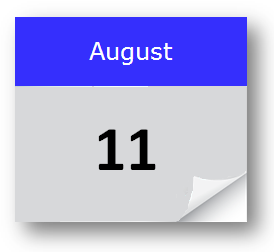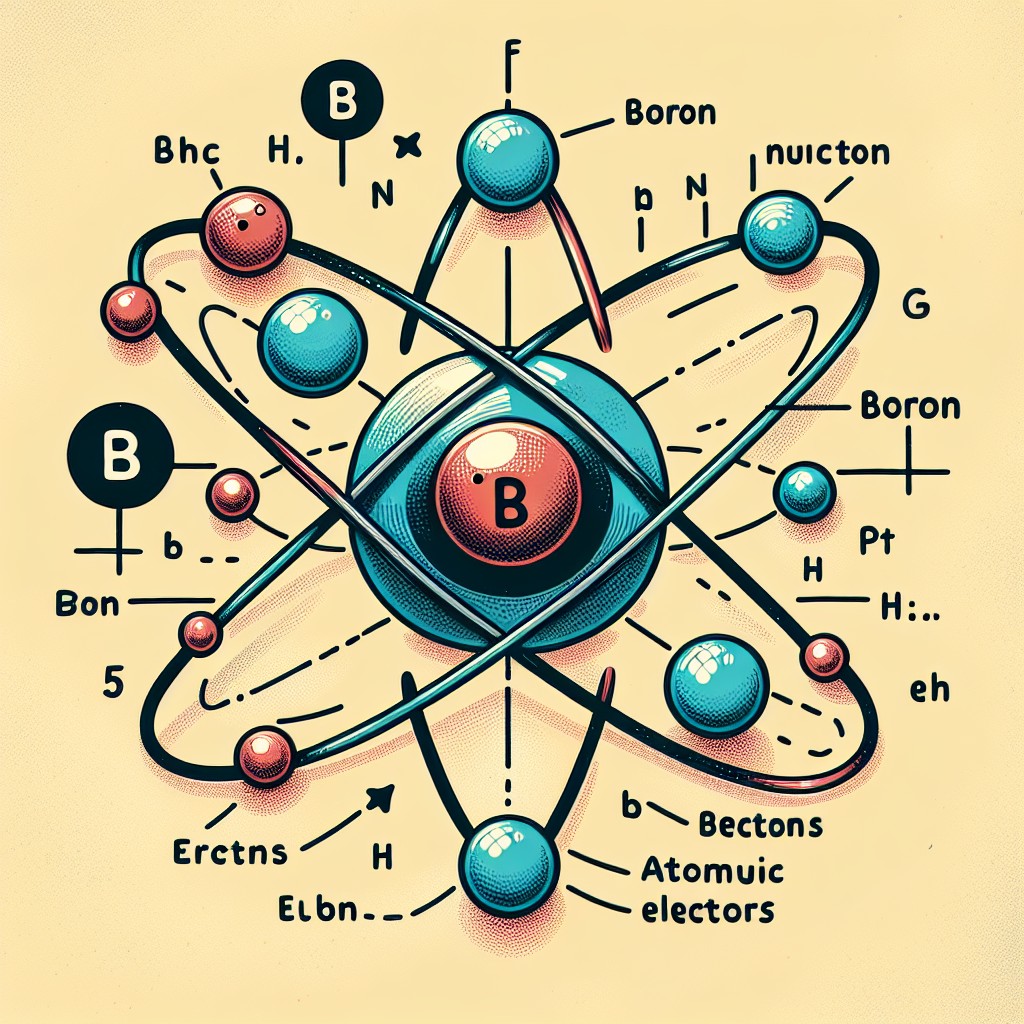| Date | Type | Event |
|---|---|---|
| 1918-07-16 | In 1918 the last Russian Tsar, Nicholas II, was executed with his wife and children after the ‘February Revolution’. After the ‘February Revolution’ between the 8th and 12th of March (called the February Revolution because it started in February based on the old Julian calendar used at the time) Tsar Nicholas II was forced to abdicate by the will of the people. His Army garrison in the capital of Petrograd (now St. Petersburg) had also joined the revolutionaries calling for socialist reforms and it was not safe for him or his family anymore. Upon his abdication, he named his brother as his successor, but he wisely turned down the position which ended Tsarist rule in Russia. When counter-revolutionary forces began to advance on the captive ex-Tsar’s position in July 1918, the soviet revolutionaries executed Nicholas, his wife, children and many of the servants, shooting them dead on the night of the 16th of July 1918. | |
| 1918-08-11 |
In 1918 the most decisive battle of World War I “The Battle of Amiens” ends in victory to the Allies. The Russian revolution of 1917 led them to agreeing a ceasefire on the eastern front on the 15th of December 1917 effectively leaving the First World War. With the Eastern Front ended Germany’s most senior officer, Erich Ludendorff, suddenly had a huge supply of battle ready troops ready to fight against the remaining allies on the Western Front. Ludendorff devised a plan he called the “Emperor’s Battle” which involved the full force of the new troops attacking one point in the western front which was being held by the British Expeditionary Forces near the strategically important city of Amiens. On the 21st of March Lundendorffs attack began, starting with the most intense gas and artillery fire bombardment of the entire war for five hours against the British forces. This was followed by several waves of Germany soldiers that broke through the lines and killed about 30% of the British Soldiers in that section. By the 5th of April the German forces had gained 28 miles before finally being subdued by the Allies. By July the Allies had managed to regroup and British Commander Henry Rawlison was given the task of forcing the Germans back. The Americans entrance into the war the previous year gave the allies much needed resources. With new tanks and artillery, a huge force of Allied soldiers and the newly formed RAF, Rawlison had a tremendous force to accomplish his mission. On the morning of the 8th of August the allies began to advance, supported by heavy artillery fire and the RAF taking out German strongholds. British, Canadian and Australian regiments continued to advance driving back the Germans and gaining more ground on that day then had previously been achieved in any single day of the war. The push continued for three days with the battle ending on the 11th of August. Despite the huge loss of life to the allies, the shock of the successful attack against the previously strong German line caused many Germans to surrender. The crippling attack also led Ludendorff to declare to the German Emperor, Wilhelm II that the war was lost. This Battle is also considered the beginning of the “Hundred Days Offensive” that led to the German Armistice on the 11th of November 1918. Although the Russian revolution initially aided the Germans it would also aid there downfall. Germany was being suffocated by not only the human loss but also the financial loss of the war and after the “battle of Amiens” it became apparent that it was a war they may indeed loose. With the German people suffering the thoughts of their own revolution began to cross their minds. Soldiers continued to surrender as the “Hundred Days Offensive” progressed and when the German Navy were ordered to attack the superior Royal Navy in what would have been a suicide mission the entire navy began a revolt which quickly spread throught the armed forces and country leading to the Germans calling for an Armistice, and effectively surrendering on the 11th of November. Sadly despite the time and date of the Armistice known for some time in advance fighting continued right up until the last moments before 11:00 am on the 11th of November 1918. The Americans lost huge numbers of soldiers on the final day, having been ordered to advance right up to the final moments of the Armistice. Some of the commanders felt they had something to prove while others believed that the Germans needed to taste true defeat and know that they were beaten rather than have an armistice. One such general prolifically said that if they are not defeated in battle than they would try again.
| |
| 1918-11-01 | In 1918, the ‘Polish-Ukrainian War’ began, which was part of the ‘Polish-Soviet War’ (February 1919 - March 1921). During World War I, Austro-Hungary and Germany (which was the unification of Prussia, Saxony and Bavaria in 1871) wanted the Polish people to remain loyal and not take advantage of the situation and begin a rebellion. So on the 6th of November 1916 Austro-Hungary and Germany agreed to the formation of a semi-autonomous Kingdom of Poland. When the Central Powers seemed all but defeated on the 7th of October 1917, Poland declared their independence and with the defeat of Germany and Austro-Hungary came the Independence of Poland and Lithuania. The Western leaders recognised the independence of Poland, but Russia was still initiating their new Communist Government after their Revolution in 1917. The New Polish leader, Jozef Klemens Pilsudski, wanted to return the sovereignty of all of Poland to the territory it had before its first Partition in 1772. He believed that Russia would not accept the Independence of these nations and the return of the territory, which technically still remained part of Russia and Ukraine. Pilsudski proposed a union once more between Poland and Lithuania as their combined strength may be more of a deterrent against Russian hostilities. But Pilsudski also wanted Poland to take the lead in this “Union”, and this made Lithuania uneasy. Pilsudski also proposed an alliance with Ukraine, but they too felt uneasy. The new Communist regime in Russia was preoccupied with suppressing its anti-communist enemies at home. Meanwhile, Polish forces had been relatively free to forcibly claim land from the new Lithuanian Republic, Ukraine and Belorussia (now Belarus). The Poland army continued to take ground despite several requests by the British Government to desist from their campaign. Pilsudski ignored the request from Britain and continued pushing forward. The Communist Russian leader, Vladimir Lenin, made a proposal to Pilsudski that they would recognise the Polish territory up to the point they now occupied, but Pilsudski wanted to continue negotiations. As the negotiations continued, Pilsudski became increasingly untrusting of Lenin and began to prepare for possible war. On the 1st of November 1918, the Polish-Ukrainian war began, and Britain once again sent a request for Poland to end their campaign and warned that they would not aid Poland if they began a war with Russia. On the 7th of May 1920, the Polish forces had captured the capital of Kiev, which had caused condemnation from all the allied leaders from WWI. | |
| 1918-11-11 | In 1918 fighting in the First World War ended at 11:00 am On the 6th of October 1908, the Austro-Hungarian Empire officially announced its Annexation of Bosnia and Herzegovina which angered Serbia, Montenegro, the Russian Empire and many of the Bosnian people in what became known as the “Bosnian Crisis”. Serbia backed many would-be-assassins against the Empire's officials and soon it would orchestrate one of the most infamous assassinations in history. In June 1913 Emperor Franz Joseph I sent his nephew and heir, Archduke Franz Ferdinand, to the Bosnian capital Sarajevo to inspect the Hungarian troops there. The Inspection was set for the 28th of June and both Ferdinand and his wife, Sophie Chotek von Chotvoka, arrived early in the day.. Seven Serbian terrorists, who were part of the Black Hand group, planned the assassination attempt of Archduke Ferdinand while on his visit. The seven men were in place along the planned route each with the intent to carry out the assassination if the others were unable. The first two assassins couldn’t strike due to the crowds on the street but the third, Vaso Čubrilović, was able to throw a timed bomb at the car containing Ferdinand and his wife. The bomb however bounced off the car and exploded under another car in the Archduke's motorcade. The remaining cars in the motorcade continued at high speed to the town hall preventing another attempt. After the Archduke and his wife briefly recovered from the experience they planned to visit the victims of the bomb blast in the hospital. While on their way to the hospital, their driver took a wrong turn and as he stopped the car to reverse, another of the Assassins, Gavrilo Princip, walked up to the car and fired just two shots from about 5 meters away. One shot hit Archduke Ferdinand in the neck and another hit his wife in the stomach. Franz Ferdinand, his wife and his unborn child all died from the shots. The Austro-Hungarian Empire blamed the Serbian government for the incident and sent an ultimatum, The July Ultimatum, to Serbia, requesting, certain demands be met including that they punish anyone in Serbia guilty of the Assignation of the Archduke. Serbia agreed with some of the proposals but ultimately rejected it. The Serbian Empire had already confirmed their Alliance with Russia and mobilised troops before they rejected the Ultimatum and similarly, Austro-Hungary confirmed their alliance with Germany before sending it. With the Ultimatum rejected Austro-Hungary declared war on Serbia on the 28th of July 1914 and their allies soon joined starting one of the bloodiest wars in history. The Russian Revolution of 1917 led them to agree to a ceasefire on the eastern front on the 15th of December 1917 effectively leaving the First World War. With the Eastern Front ended Germany’s most senior officer, Erich Ludendorff, suddenly had a huge supply of battle-ready troops ready to fight against the remaining allies on the Western Front. Ludendorff devised a plan he called the “Emperor’s Battle” which involved the full force of the new troops attacking one point in the western front which the British Expeditionary Forces were holding near the strategically important city of Amiens, in France. On the 21st of March, the Lundendorff attack began, starting with the most intense gas and artillery fire bombardment of the entire war for five hours against the British forces. This was followed by several waves of German soldiers that broke through the lines and killed about 30% of the British Soldiers in that section. By the 5th of April, the German forces had gained 28 miles before finally being subdued by the Allies. By July the Allies had managed to regroup and British Commander Henry Rawlinson was given the task of forcing the German forces back. The American's entrance into the war the previous year gave the Allies much-needed resources. With new tanks and artillery, a huge force of Allied soldiers and the newly formed RAF, Rawlison had a tremendous force to accomplish his mission. On the morning of the 8th of August, the Allies began to advance, supported by heavy artillery fire and the RAF taking out German strongholds. British, Canadian and Australian regiments continued to advance driving back the Germans and gaining more ground on that day than had previously been possible. The push continued for three days with the battle ending on the 11th of August. Despite the huge loss of life to the Allies, the shock of the successful attack against the previously strong German line caused many Germans to surrender. The crippling attack also led Ludendorff to declare to the German Emperor, Wilhelm II that the war was lost. This Battle is also considered the beginning of the “Hundred Days Offensive” that led to the German Armistice on the 11th of November 1918. Although the Russian Revolution initially aided the Germans it would also aid their downfall. Germany was being suffocated by not only the human loss but also the financial loss of the war and after the “battle of Amiens” it became apparent that it was a war they may indeed loose. With the German people suffering the thoughts of their own revolution began to cross their minds. Soldiers continued to surrender as the “Hundred Days Offensive” progressed and when the German Navy was ordered to attack the superior Royal Navy in what would have been a suicide mission the entire navy began a revolt which quickly spread throughout the armed forces and country leading to the Germans calling for an Armistice, and effectively surrendering on the 11th of November. At 5:00 am on the morning of the 11th of November 1918 officials from all the major countries met and signed an armistice which effectively ended the war and the news of which quickly spread around the world. Sadly despite the time and date of the Armistice known for several hours in advance fighting continued right up until the last moments before 11:00 am on the 11th of November 1918. The Americans lost huge numbers of soldiers on the final day, having been ordered to advance right up to the final moments of the Armistice. Some of the commanders felt they had something to prove while others believed that the Germans needed to taste true defeat and know that they were beaten rather than have an armistice. One such general prolifically said that if they were not defeated in battle then they would try again. American author Joseph E Persico estimated the death toll on the final day of the war to be as high as 11,000 men. At least 300 American soldiers were killed when General Wright, of the 89th American Division ordered his men to attack the German-occupied town of Stenay so his men could make use of the shower facilities there, despite being fully aware that in a few hours, he and his men could walk into the town unhindered. | |
| 1918-12-14 | In 1918 Ireland gained full legislative independence on this day in 1949 and became a republic denouncing King George VI As part of the United Kingdom's general elections, votes cast in Ireland overwhelmingly supported the Irish Republican Party, (called Sinn Fein). However, there was still massive support for the Unionist Party in the northern province of Ulster (this region would later become Northern Ireland. Instead of the elected members of Sinn Fein attending the Imperial Parliament in London, Sinn Fein created their own Parliament in Dublin called the ‘First Dáil Eirean’ (first Irish Assembly). On the 21st of January 1919, Sinn Fein declared Ireland’s Independence from the United Kingdom. On the same day, two members of the Royal Irish Constabulary (RIC) were shot dead. This was the beginning of the Irish War of Independence. A large group of Irish Gorilla fighters formed and by September of 1919 they would be known as the Irish Republican Army (IRA). The IRA began “liberating” weapons for their cause from the UK forces. The UK declared both Sinn Fein and their government illegal and sent in troops. But with the army recovering from the losses of WWI many of the troops sent were ex-soldiers. The influx of soldiers in their tanned uniform and the black uniform of the police led to their nickname of ‘Black and Tan’. Many of the troops acted less than professionally, drunk brash and badly organised. The IRA were able to assassinate members of the Black and Tan then council themselves as normal members of the public and on many occasions when members of the British armed forces were attacked they would open fire on civilians in retaliation. Many left the Royal Irish Constabulary through fear and within 2.5 years the IRA had won their freedom. On the 6th of December 1921, the Anglo-Irish treaty was signed creating the Irish Free State. The Province of Ulster used the Ulster Month Clause to remain part of the United Kingdom and became Northern Ireland. The Statute of Westminster in 1931 gave Ireland and many countries full legislative independence and on this day in 1949 Ireland became a republic denouncing King George VI. |



